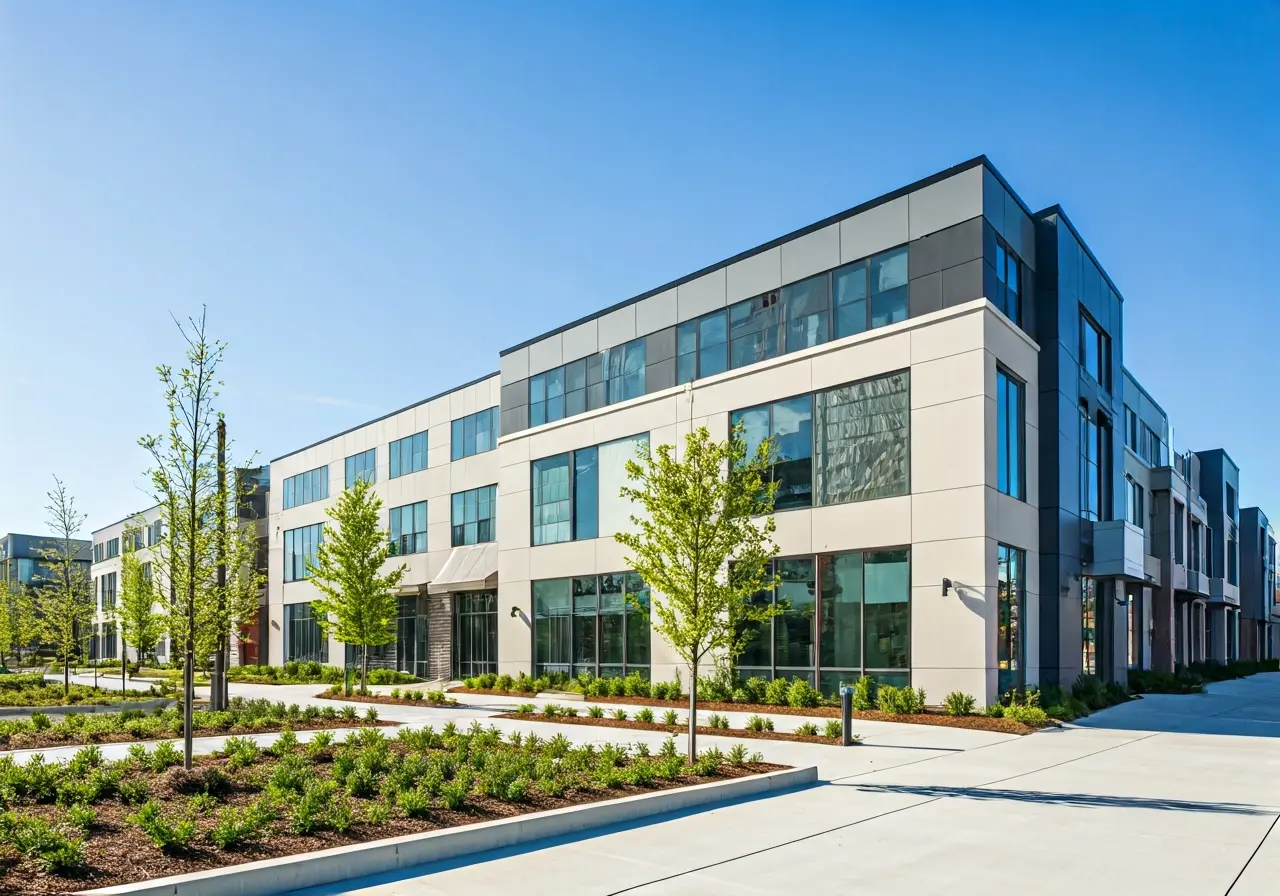How will commercial real estate players react to pandemic challenges in the new year?
There are always unknowns at the start of any new business year, but with the ongoing pandemic and its major effects on the office sector, supply chain and more, a crystal ball would come in quite handy right about now. Here are five predictions Bisnow reported on that we want to share with infinitee’s client base:
#1 RTO to Get More PTO
The expert view is that Omicron and other variants that may follow will continue to delay return to office (RTO) plans. CBRE went as far as to say that the successive pandemic waves mean “COVID will remain a fact of daily life for the foreseeable future… [and that] the slow rebound of the office sector will continue to characterize the real estate recovery for some time.” While the effect on overall office space demand is of concern and Oxford Economics has revised down its 2022 real GDP growth projection from 4.4 to 4.1 percent, the good news is that companies and whole industries have adjusted with work from home and hybrid approaches to largely stay on course and even post some impressive production since COVID’s onset.
#2 Inflation to Add to Construction Sector Adversity
CRE developers and builders know all about increasing costs, but rising inflation equates to a double whammy of sorts. Costs are going up, which will result in a slowdown or cancellation of some projects. But also the Fed’s chief tactic for curbing inflation is to raise interest rates, which further adds to development costs. “These higher interest rates will effectively mean higher borrowing costs,” said Colin Behring, Behring Co. founder and CEO. “Materials and labor costs are already on the rise, and these various factors will make it harder to plan financially viable projects… That said, only certain areas and asset types will be affected materially.”
#3 Office Landlords to Take a Page Out of the Hospitality Industry’s Playbook
Nearly two years into the pandemic, remote workers have definitely gotten used to the comforts of home, but many still long for social interaction with colleagues. With so much flexibility, employee choice carries greater weight now. Landlords know this and that they must do more with their spaces to lure companies and their employees back. Julie Whelan, CBRE global head of occupier thought leadership, said, “An outsized share of new leasing will be in higher-quality space. The reason for that is a lot of occupiers are focused on creating an environment to draw their employees back to the office and give them a great experience.”
#4 No Place Like the Home Office
Home is where the heart is, but since the onset of the pandemic it’s increasingly where the office is located, too. As a result, residents are demanding more and property managers are reacting by investing more heavily in technology, specifically in amenity spaces. That includes an increase in package and food delivery management systems and upgraded work spaces, according to Stephen Baker, chief product officer for Zego. “We’ll see a wave of technology and artificial intelligence brought into work-oriented spaces,” he added, for both hardware retrofitting and digital reservation platforms to better manage accessibility.
#5 More Pain for the Supply Chain
The expert view is that the U.S. won’t see tangible changes to the supply chain this year, but companies will continue to get smarter and more innovative about fighting slow deliveries and rising costs, including streamlining their inventory approach. A big industry problem is also a big opportunity for service providers, especially Big Tech with its automation and AI-based tools.
“Companies will turn to technology solutions to move more product with less human labor,” Pete Quinn, Colliers’ national director of industrial services, told Bisnow’s Katie Murar. “I think robotics will take a giant leap this year.”
Traditional warehousing with its old-fashioned inefficiencies is on the way out, to be replaced by advanced facilities such as micro-fulfillment centers, which by form (smaller) and function (largely automated) are more favorable for the “last mile” of the supply chain near densely populated urban environments. “These types of advancements will become inseparable from the industrial market in 2022 and subsequent years,” said Wharton Equity Partners Founder Peter Lewis.
“Yes, there is major uncertainty as 2022 begins, but we’ve said before that adversity also can mean opportunity, especially working together,” said Michael Rivera, infinitee’s Creative Director. “One thing we do know from our extensive experience and quality clients and partners is the performance arc of commercial real estate will always bend toward greater intelligence and efficiency. In 2022, infinitee will continue to strategically drill down to the best, most effective, efficient and (most importantly) innovative tactics to help our clients succeed.”

.jpg)
